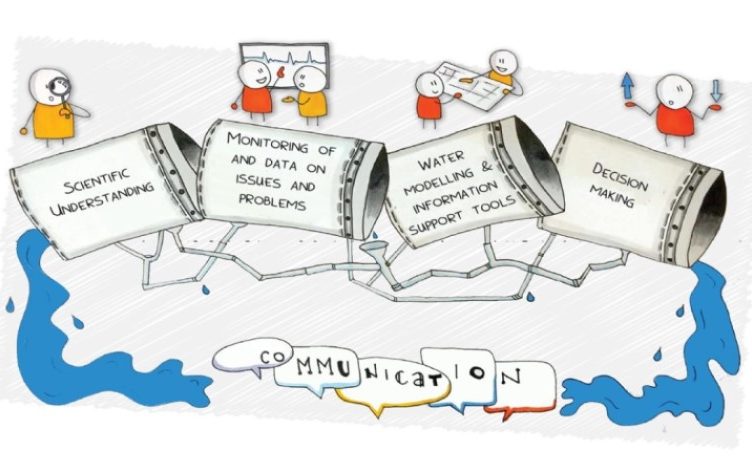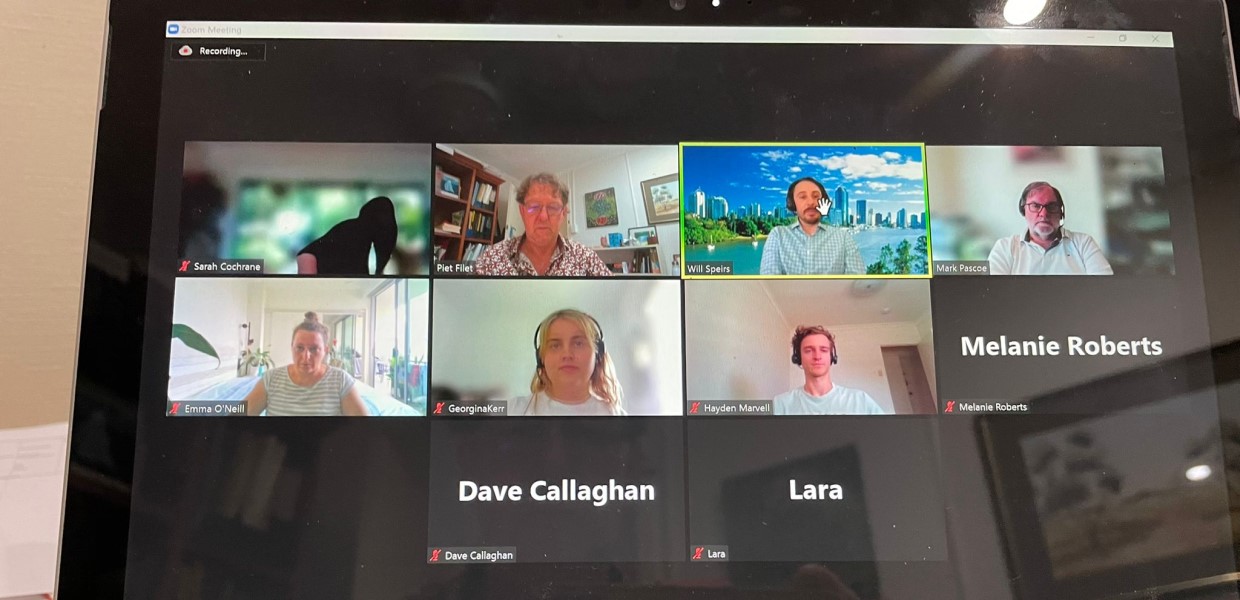
05/12/2024
Event Summary: Overview of water quality modelling projects from the Queensland Water Modelling Network with Callym Dunleavy
Read more
The first of the QWMN Navigating the Currents series kicked off on 25 January 2022 with an informal, online conversation with William Speirs, Senior Utilities Strategist at Urban Utilities.
The following is a short summary of the interview between Piet Filet and William Speirs along with some of the highlights from the open conversation. To know more, please see the link at the end of this article.
What role do you and your team play at Urban Utilities (UU)?
William is a Senior Utilities Strategist in the City and Regional Futures team; a team of twelve to fifteen looking at how the organisation navigates uncertainty. They are looking at growing across strategy and policy, and strategic land-use planning, to name a few.
What are 2 to 3 key projects you have on your plate at the moment, that will keep you busy over next 6 months?
UU are not being too hasty to rush to solutions, instead, slowing down has been necessary to fully understand the problem. Most of UU’s problems are the “wicked” variety. As they map the systems of influence, they are realising the need to work together more closely with those beyond the silo. In creating the receiving environment digital twin model, UU are discovering how all these things interact.
William and his team are looking for opportunities when witnessing the clashing of systems, seeking solutions in the clashes?
What is your biggest challenge or difficulty right now?
When redefining and articulating challenges in new ways, using models and data as evidence, existing regulations can create artificial barriers to the change process.

Some Discussion Highlights
Emma O’Neill – This resonates. There’s a growing importance for transformational leadership – working together has become increasingly important
Mark Pascoe – Question for William – There are currently in home trials for Hydraloop in Sydney. Are you seeing similar movement for individual households here in SE Qld? (https://www.awa.asn.au/resources/latest-news/hydraloop-trial-to-reduce-sydney-water-use)
William – New technology looking at decentralised solutions, behind or beyond the meter, is always coming up. Currently, the home scale is still relatively expensive, but this might change really quickly. It is currently a utility of last resort. When modelling cost recovery, things more-or-less stay the same. For commercial customers, moving towards localised system, the performance driver remains $$ and efficiency.
To hear the whole conversation, please visit:
and use this passcode: !3kq+?AQ